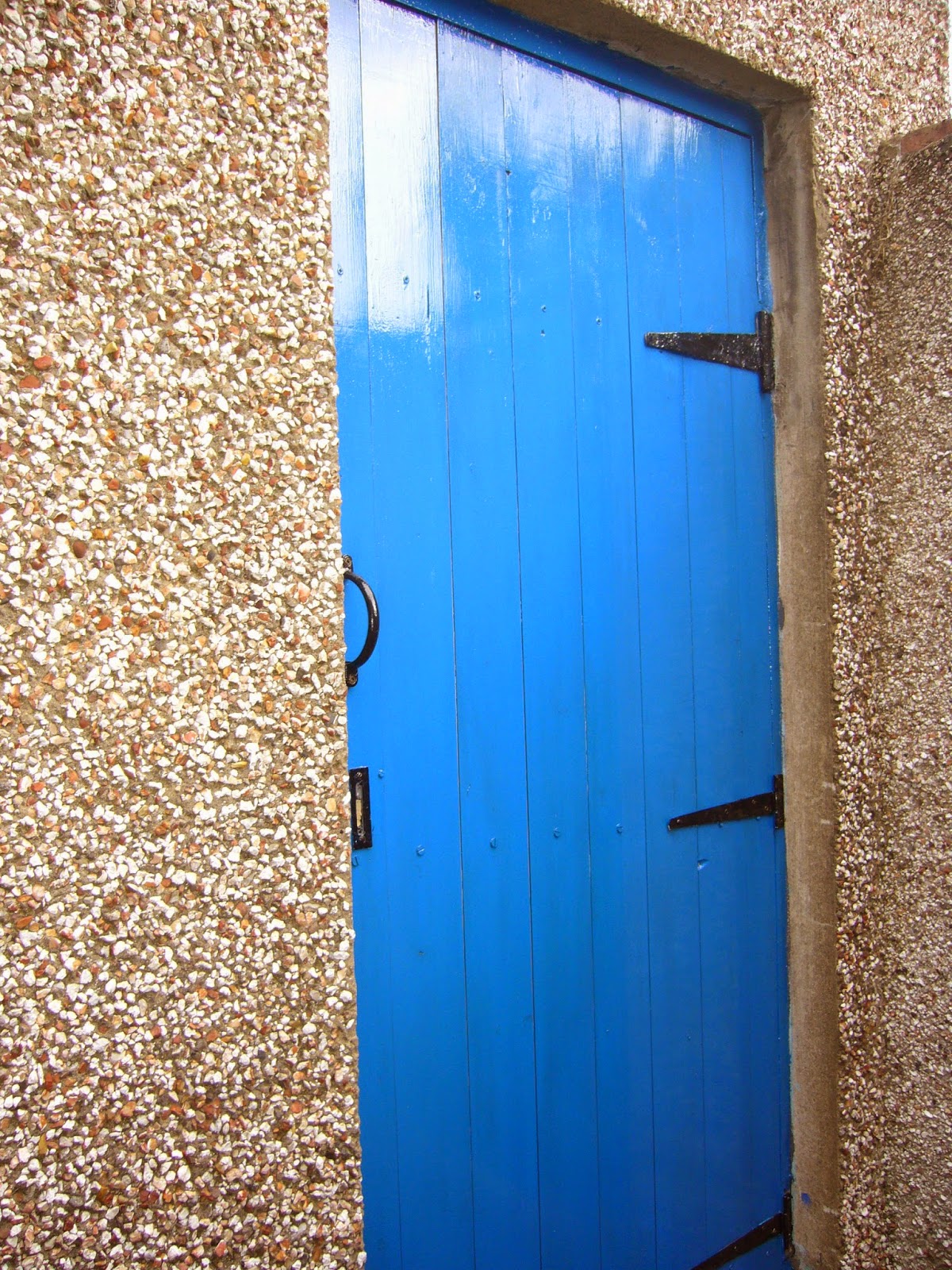 A few nights away, in Galloway. For many years we have looked across the Solway Firth to the opposite shore, the Scottish shore. Once we went as far as Dumfries and Sweetheart Abbey beyond on a daytrip. Now we had booked three nights in Kirkcudbright, further into Galloway.
A few nights away, in Galloway. For many years we have looked across the Solway Firth to the opposite shore, the Scottish shore. Once we went as far as Dumfries and Sweetheart Abbey beyond on a daytrip. Now we had booked three nights in Kirkcudbright, further into Galloway.What did we expect? I had rather feared it might be a mirror image of West Cumbria - sadly diminished communities with the industrial heart ripped out of them. But I could not have been more wrong.
For a start, the shoreline. On our side low sand dunes give way to endless open beaches where the views open up for miles. Not so on the Scottish shore, which has rocky cliffs and small sheltered bays, ideal for fossicking in rockpools.
Then the towns. We drove out from Kirkcudbright to Gatehouse of Fleet, Wigtown and Whithorn. While the first of these was originally a planned town with a large cotton mill, the main impression now is of very wide streets lined with four-square, double-fronted Georgian houses. In West Cumbria the main housing stock is of two bedroomed cottages, one room wide, pebble-dashed and sandstone edged. Here the earlier single storey cottages have given way to more substantial town houses.
 On this outing our first stop was Gatehouse of Fleet, where, right in the car-park, was a kilt-maker in her shop. It was an auspicious start to the day. On the counter she had a lady's kilt which she was making. Eight metres of tartan, each pleat, incredibly, stitched by hand. Also in train was a slim-waisted kilt for someone about to be best man at a wedding. It was fascinating. Of course, a bag of her off-cuts, sold for patchwork, somehow left with me, although tartan does not move me as tweed
On this outing our first stop was Gatehouse of Fleet, where, right in the car-park, was a kilt-maker in her shop. It was an auspicious start to the day. On the counter she had a lady's kilt which she was making. Eight metres of tartan, each pleat, incredibly, stitched by hand. Also in train was a slim-waisted kilt for someone about to be best man at a wedding. It was fascinating. Of course, a bag of her off-cuts, sold for patchwork, somehow left with me, although tartan does not move me as tweedoften does.
After a brief stop at Wigtown with its many bookshops, we drove on to Whithorn where we had lunch. Last year we heard of this place for the first time. A team of archaeologists working on the vicus attached to the fort at Maryport had unearthed an early Christian burial ground. One of the theories as to its location was that it lined up with the Isle of Whithorn, virtually in sight across the Solway. We were intrigued to see what this might be.
Whithorn is a very ancient settlement. In the fourth century St Ninian established a chapel here, where the Priory later stood. But who knew that there was a whole school of cross carving here in the Northumbrian tradition? I was astonished to see so many fine examples of celtic knotwork,
like the pages of the Bain handbooks brought to life. I have knitted some of these myself.
So then, it was on to St Ninian's Cave: a lovely woodland walk down to a windy cove where the sunlight glistened. We found it magical, but it did not impress a couple of children nearby who declared it boring on the grounds that the cave did not feature pirates or treasure.
And, finally, on to the Isle of Whithorn where there is a harbour, a headland and a very moving memorial to the crew of a trawler, lost with all hands not that long ago.
Out on this headland stand the remains of St Ninian's Chapel.









.JPG)